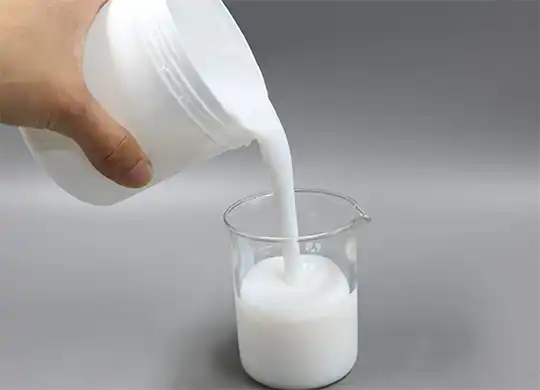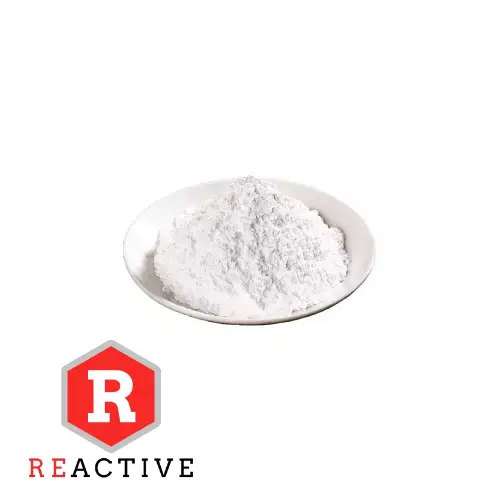Chloroprene adhesive is a rubber adhesive with large output and wide application. It has the characteristics of large initial adhesion and high bonding strength. The glue layer is flexible, has good elasticity and can resist impact. In addition, it also has excellent water, oil, alkali, acid and solvent resistance, ozone resistance, aging resistance, durability and flame retardancy. Importantly, it can bond a wide range of metallic and non-metallic materials.

Reactive magnesium oxide is one of the important raw materials of chloroprene adhesive. Its activity reflects the strength of the reaction between magnesium oxide and chloroprene adhesive. The higher the activity, the faster the reaction with neoprene adhesives. Reactive magnesium oxide plays many roles in chloroprene adhesives, including vulcanization cross-linking, acid absorption, scorch prevention and resin chelation.
Since reactive magnesium oxide has a large specific surface area and high activity, adding it to chloroprene adhesive can improve its initial tack, bonding strength, improve its transparency, and can effectively prevent the stratification and precipitation of the adhesive. The activity of reactive magnesium oxide is expressed by the adsorption value. An adsorption value less than 40 is low activity, an adsorption value between 40 and 100 is medium activity, and an adsorption value greater than 100 is high activity. High-quality neoprene adhesives usually use highly active magnesium oxide.
The main component of chloroprene adhesive is not only chloroprene but also resin. Resin has a greater impact on chloroprene adhesives. It can increase adhesion, improve cohesive strength, and extend bonding retention time. Directly adding resin to chloroprene adhesive will have poor modification effect and can easily cause delamination. Only when the resin and magnesium oxide are reacted in advance and then added can the bonding strength, heat resistance, layer stability and storage stability be significantly improved.
During the chelation reaction process, active magnesium oxide reacts with resin, which requires active magnesium oxide to have high activity, large specific surface area, good dispersion, and moderate packing density. If the bulk density is too high, precipitation will occur easily; if the bulk density is too small, the operating environment will be harsh. In addition, it is necessary to prevent reactive magnesium oxide from absorbing moisture because moisture adsorbed on the surface of reactive magnesium oxide will weaken its activity and affect the chelation reaction. Therefore, the moisture content of reactive magnesium oxide should be strictly controlled before use.

